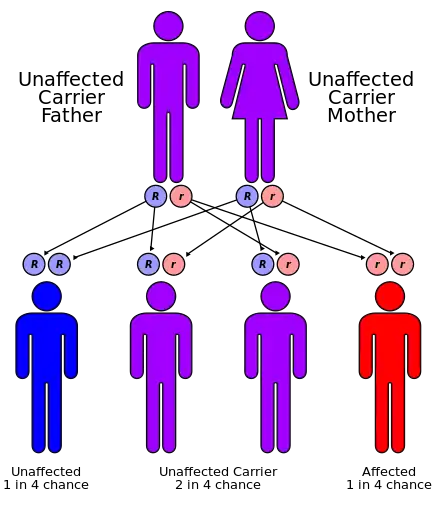Abderhalden–Kaufmann–Lignac syndrome
| Abderhalden–Kaufmann–Lignac syndrome | |
|---|---|
| Other names | Abderhalden–Lignac–Kaufmann disease[1] |
 | |
| Abderhalden–Kaufmann–Lignac syndrome has an autosomal recessive pattern of inheritance. | |
Abderhalden–Kaufmann–Lignac syndrome (AKL syndrome), also called nephropathic cystinosis, is an autosomal recessive renal disorder of childhood comprising cystinosis and renal rickets.
Presentation
Affected children are developmentally delayed with dwarfism, rickets and osteoporosis. Renal tubular disease is usually present causing aminoaciduria, glycosuria and hypokalemia.
Cysteine deposition is most evident in the conjunctiva and cornea.
Diagnosis
Treatment
isacHands showing simple gestures on the Multi-Touch screen. Starting in the upper left and moving clockwise: a single finger showing the tap gesture; a single finger showing the drag gesture, where the finger moves up and down without lifting from the surface; a single finger showing the swipe gesture, where the finger moves to the right and lifts; and two fingers showing the pinch and spread gesture, where the fingers move toward or away from each other
Eponym
It is named for Emil Abderhalden, Eduard Kaufmann and George Lignac.[2][3]
See also
- Cystinosin
References
- ↑ "Abderhalden Kaufmann Lignac syndrome". rarediseases.info.nih.gov. Retrieved 15 May 2018.
- ↑ B.G. Firkin & J.A.Whitworth (1987). Dictionary of Medical Eponyms. Parthenon Publishing. ISBN 1-85070-333-7
- ↑ Who Named It?
External links